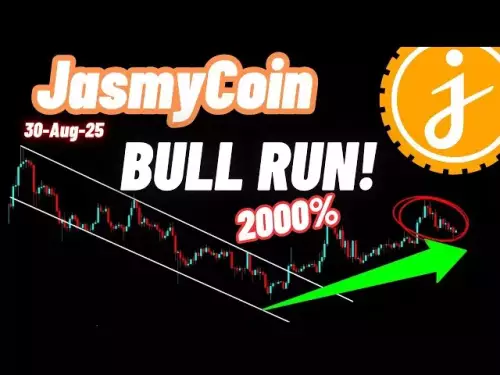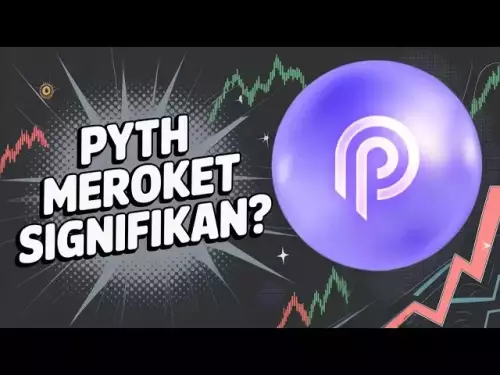-
 Bitcoin
Bitcoin $108800
0.43% -
 Ethereum
Ethereum $4353
0.12% -
 Tether USDt
Tether USDt $1.000
-0.01% -
 XRP
XRP $2.809
-0.56% -
 BNB
BNB $858.7
-0.02% -
 Solana
Solana $201.2
-1.21% -
 USDC
USDC $0.9999
0.00% -
 Dogecoin
Dogecoin $0.2153
1.48% -
 TRON
TRON $0.3385
0.33% -
 Cardano
Cardano $0.8194
-0.22% -
 Chainlink
Chainlink $23.37
0.07% -
 Hyperliquid
Hyperliquid $44.01
0.08% -
 Ethena USDe
Ethena USDe $1.001
0.01% -
 Sui
Sui $3.289
0.87% -
 Stellar
Stellar $0.3592
-0.16% -
 Bitcoin Cash
Bitcoin Cash $542.1
1.62% -
 Cronos
Cronos $0.3106
11.50% -
 Avalanche
Avalanche $23.74
1.06% -
 Hedera
Hedera $0.2256
-0.15% -
 UNUS SED LEO
UNUS SED LEO $9.496
0.22% -
 Litecoin
Litecoin $110.2
0.47% -
 Toncoin
Toncoin $3.125
2.15% -
 Shiba Inu
Shiba Inu $0.00001234
1.67% -
 Polkadot
Polkadot $3.791
0.69% -
 Uniswap
Uniswap $9.688
1.54% -
 Dai
Dai $0.0000
-0.01% -
 Bitget Token
Bitget Token $4.531
0.00% -
 Aave
Aave $316.4
1.13% -
 Monero
Monero $257.2
-0.14% -
 Ethena
Ethena $0.6525
2.68%
What are the trading fees on Gemini?
Gemini offers tiered fees based on trading volume, with maker fees from 0.10%–0.25% and taker fees from 0.20%–0.40%, plus discounts for using GUSD or joining the Active Trader program.
Aug 31, 2025 at 12:36 am

Gemini Exchange Fee Structure Overview
1. Gemini operates a tiered fee model based on user trading volume and account type. The platform distinguishes between two primary fee categories: maker and taker fees. Maker fees apply to orders that add liquidity to the market, such as limit orders that do not execute immediately. Taker fees are charged on orders that remove liquidity, including market orders and limit orders that match existing ones.
2. For retail traders, the standard maker fee on Gemini ranges from 0.10% to 0.25%, while taker fees typically fall between 0.20% and 0.40%. These rates are influenced by the total trading volume over the previous 30-day period. High-volume traders may qualify for reduced fees through the Gemini Active Trader program, which offers lower rates and additional benefits.
3. The Active Trader program allows users to pay fees in the native GUSD stablecoin or the Gemini Dollar (GUSD) to receive discounts. Trading fees paid in GUSD can reduce both maker and taker rates by up to 50%, making it a cost-effective option for frequent traders. This incentive encourages platform loyalty and promotes the use of Gemini’s proprietary digital assets.
4. Gemini also offers a no-fee option for buying and selling select cryptocurrencies through its mobile app. This feature applies to purchases under a specific threshold and supports popular assets like Bitcoin, Ethereum, and Litecoin. While convenient for small-scale investors, this benefit does not extend to advanced trading functions or large transactions.
5. Withdrawal fees vary depending on the cryptocurrency and network used. Bitcoin withdrawals, for example, are subject to dynamic network fees based on congestion levels. Ethereum and ERC-20 token withdrawals follow a similar model, with fees adjusted according to gas prices at the time of transaction. Users are informed of these costs before confirming any withdrawal.
Fee Discounts and Loyalty Programs
1. Gemini’s loyalty-based fee reductions are designed to reward consistent trading activity. Users who maintain high monthly volumes automatically progress through fee tiers, unlocking lower rates without requiring special applications. The volume thresholds are recalculated each calendar month, providing ongoing motivation for sustained engagement.
2. Institutional clients have access to custom fee schedules negotiated directly with Gemini’s sales team. These arrangements often include flat-rate pricing, rebates, and priority support. Enterprises managing large portfolios benefit from predictable costs and enhanced service levels tailored to their operational needs.
3. The Gemini Credit Card offers cashback rewards in cryptocurrency, indirectly influencing net trading costs. Cardholders earn up to 3.75% back on purchases made through the card, with rewards distributed in digital assets of their choice. This program integrates spending with investment, creating an ecosystem where everyday transactions contribute to crypto holdings.
4. Promotional campaigns occasionally provide temporary fee waivers or reductions. These limited-time offers target new users, specific asset pairs, or particular trading platforms within the Gemini suite. Participation usually requires enrollment or meeting eligibility criteria communicated through official channels.
5. Fee transparency is a core principle of Gemini’s pricing model. All applicable charges are displayed before order execution, and detailed breakdowns appear in transaction histories. This clarity helps users make informed decisions and avoid unexpected costs during trading sessions.
Comparison with Other Major Exchanges
1. When compared to Coinbase, Gemini generally offers lower taker fees for active traders, especially those utilizing the Active Trader program. Coinbase Pro’s standard taker fee starts at 0.25%, which can be higher than Gemini’s discounted rates for equivalent volume levels.
2. Binance US presents competitive pricing but lacks some of the regulatory safeguards that define Gemini’s approach. While Binance US offers lower base fees in certain tiers, its product availability and compliance framework differ significantly, affecting user trust and institutional adoption.
3. Kraken’s fee structure is comparable, with maker fees beginning at 0.16% and taker fees at 0.26%. However, Kraken requires higher volume thresholds to reach the lowest tiers, making Gemini more accessible for mid-level traders seeking reduced costs.
4. FTX US, prior to its restructuring, featured aggressive fee discounts and innovative rebate models. Gemini maintains a more conservative approach, prioritizing stability and regulatory compliance over aggressive market share expansion through pricing.
5. The integration of GUSD for fee payments gives Gemini a unique advantage in cost management. Few competitors offer native token incentives that directly reduce trading expenses, positioning Gemini as a forward-thinking platform in user-centric pricing strategies.
Frequently Asked Questions
What is the minimum trading volume required to qualify for lower fees on Gemini?Gemini evaluates trading volume on a rolling 30-day basis. Fee tiers begin to decrease once a user exceeds $10,000 in monthly volume. Higher reductions apply at $100,000, $1 million, and beyond, with the most favorable rates reserved for institutional-grade activity.
Are there any hidden fees when trading on Gemini?No, Gemini discloses all fees upfront. Users see the exact cost before confirming trades. Network fees for deposits and withdrawals are clearly stated, and there are no account maintenance or inactivity charges on standard accounts.
Can I change my fee tier mid-month if my trading volume increases?Yes, fee tiers are recalculated in real time based on the preceding 30 days of trading activity. As volume accumulates, users automatically move into lower-fee brackets without needing manual updates or applications.
Do Gemini’s fee discounts apply to both spot and derivatives trading?Fee discounts through the Active Trader program primarily apply to spot trading. Derivatives trading on Gemini Futures follows a separate fee schedule, though eligible users may receive preferential rates based on overall platform usage.
Disclaimer:info@kdj.com
The information provided is not trading advice. kdj.com does not assume any responsibility for any investments made based on the information provided in this article. Cryptocurrencies are highly volatile and it is highly recommended that you invest with caution after thorough research!
If you believe that the content used on this website infringes your copyright, please contact us immediately (info@kdj.com) and we will delete it promptly.
- Crypto Assets, Wall Street, and VanEck CEO: A New Era?
- 2025-08-31 09:05:19
- Bitget's Liquidity Leap: How Institutional Adoption is Reshaping the Crypto Landscape
- 2025-08-31 09:25:13
- Crypto Investment in 2025: Presale Gains with an AI Edge
- 2025-08-31 09:45:15
- Elon Musk, DOGE Treasury, and a Lawyer: A New Chapter for Dogecoin?
- 2025-08-31 10:05:17
- Bitcoin's $120K Rally: Riding the Wave of Institutional Demand
- 2025-08-31 10:25:14
- Bitcoin Price Prediction: Bulls Eye $125K, But Is There a Better Bet?
- 2025-08-31 10:25:14
Related knowledge
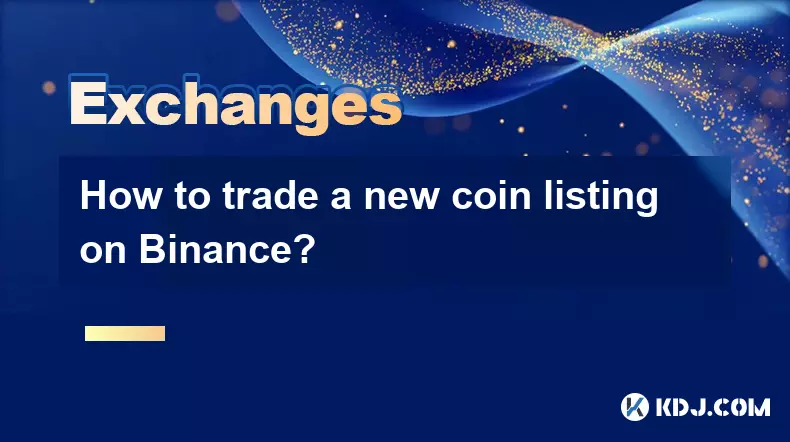
How to trade a new coin listing on Binance?
Aug 29,2025 at 11:14am
Understanding the Pre-Listing Phase1. Research the project thoroughly before any listing announcement. Whitepapers, team backgrounds, and community se...
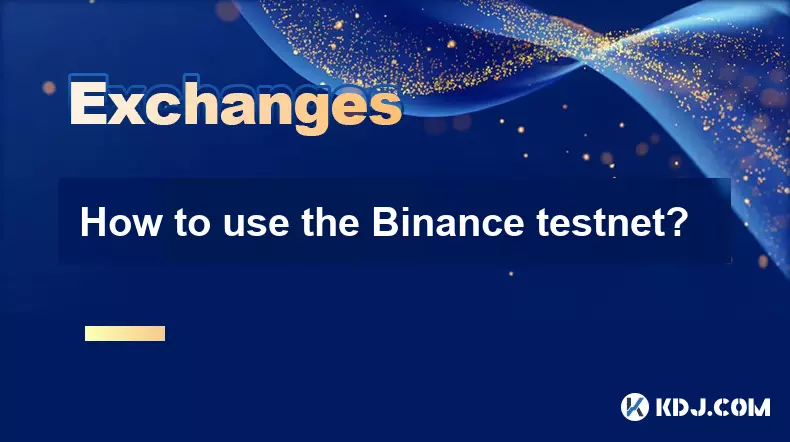
How to use the Binance testnet?
Aug 31,2025 at 02:19am
Understanding the Binance Testnet Environment1. The Binance testnet is a simulated version of the Binance Smart Chain (BSC) that allows developers and...
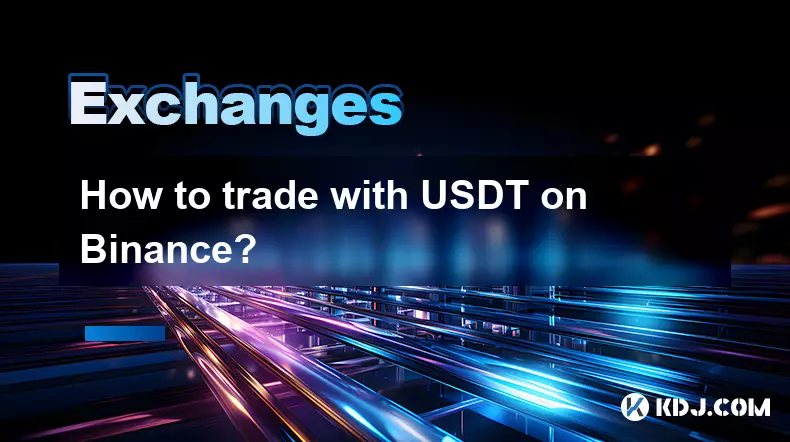
How to trade with USDT on Binance?
Aug 30,2025 at 02:19am
Getting Started with USDT Trading on Binance1. Create and verify your Binance account. Visit the official Binance website and complete the registratio...
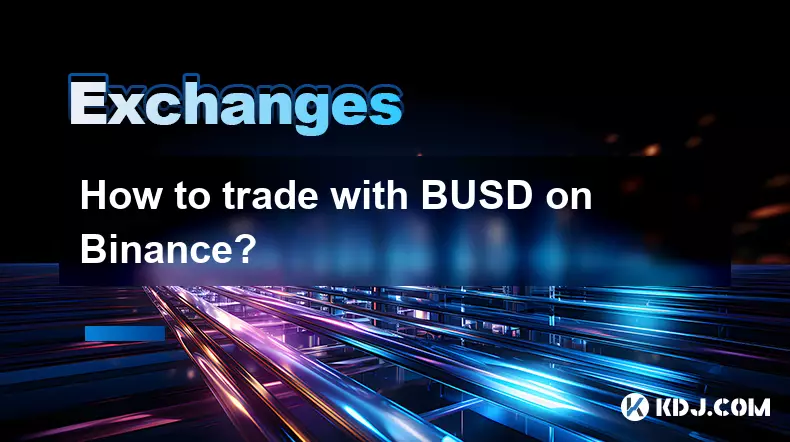
How to trade with BUSD on Binance?
Aug 30,2025 at 07:42am
Understanding BUSD and Its Role in Binance Trading1. BUSD, or Binance USD, is a stablecoin pegged to the value of the U.S. dollar, meaning 1 BUSD is a...
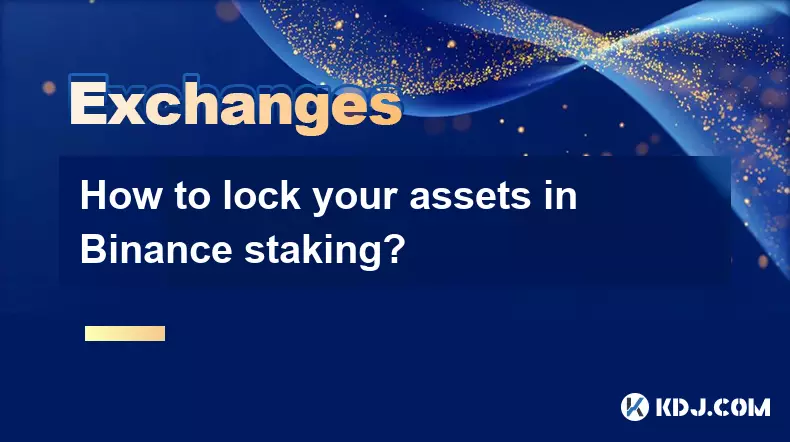
How to lock your assets in Binance staking?
Aug 30,2025 at 01:37pm
Understanding Binance Staking Options1. Binance offers multiple staking products including Locked Staking, DeFi Staking, and Liquid Staking. Each prod...
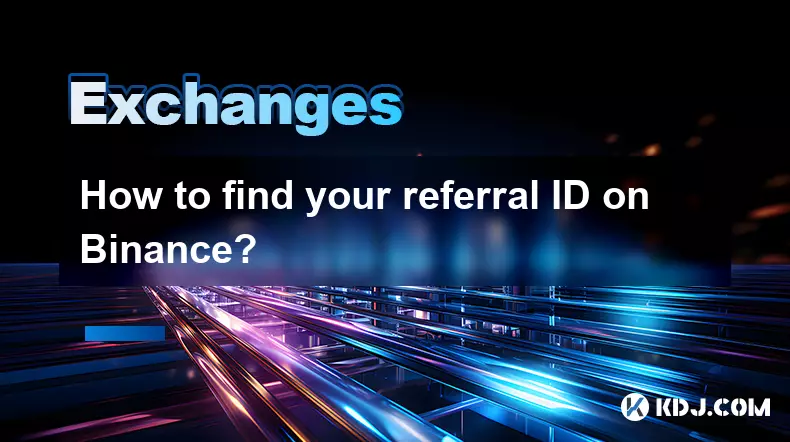
How to find your referral ID on Binance?
Aug 30,2025 at 12:18am
Understanding the Importance of a Referral ID on Binance1. A referral ID on Binance is a unique identifier assigned to each user who participates in t...

How to trade a new coin listing on Binance?
Aug 29,2025 at 11:14am
Understanding the Pre-Listing Phase1. Research the project thoroughly before any listing announcement. Whitepapers, team backgrounds, and community se...

How to use the Binance testnet?
Aug 31,2025 at 02:19am
Understanding the Binance Testnet Environment1. The Binance testnet is a simulated version of the Binance Smart Chain (BSC) that allows developers and...

How to trade with USDT on Binance?
Aug 30,2025 at 02:19am
Getting Started with USDT Trading on Binance1. Create and verify your Binance account. Visit the official Binance website and complete the registratio...

How to trade with BUSD on Binance?
Aug 30,2025 at 07:42am
Understanding BUSD and Its Role in Binance Trading1. BUSD, or Binance USD, is a stablecoin pegged to the value of the U.S. dollar, meaning 1 BUSD is a...

How to lock your assets in Binance staking?
Aug 30,2025 at 01:37pm
Understanding Binance Staking Options1. Binance offers multiple staking products including Locked Staking, DeFi Staking, and Liquid Staking. Each prod...

How to find your referral ID on Binance?
Aug 30,2025 at 12:18am
Understanding the Importance of a Referral ID on Binance1. A referral ID on Binance is a unique identifier assigned to each user who participates in t...
See all articles























